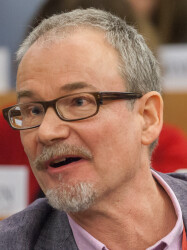BibTex format
@article{Cravo:2014:10.1089/tmj.2012.0308,
author = {Cravo, Oliveira T and Bayer, S and Gonçalves, L and Barlow, J},
doi = {10.1089/tmj.2012.0308},
journal = {Telemed J E Health},
pages = {90--93},
title = {Telemedicine in Alentejo.},
url = {http://dx.doi.org/10.1089/tmj.2012.0308},
volume = {20},
year = {2014}
}

